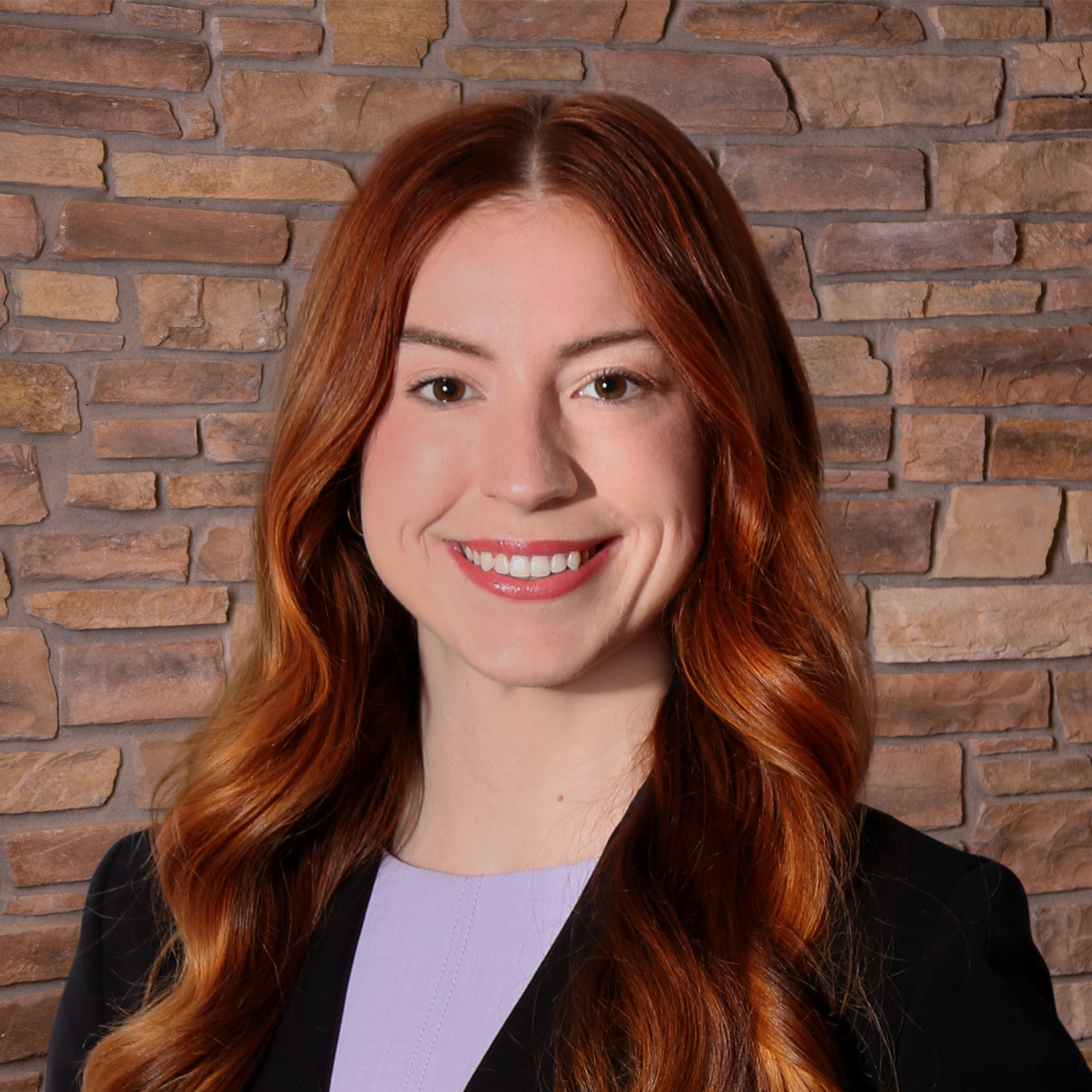Loans made to or involving gas stations can present the lender with some unique environmental concerns. As such, the SBA Standard Operating Procedures (“SOPs”) include specific requirements for all loans secured by a lien or security interest on real property (a fee simple or leasehold mortgage, deed of trust, etc.) or personal property (gas station fixtures or equipment such as tanks, pumps, lines, etc.) currently used to operate a gas station or commercial fueling facility (which the SOPs refer to as “Gas Station Loans”).
The SOPs include specific environmental investigation requirements for Gas Station Loans, which are set forth in Appendix 5 of SOP 50 10 5 (H). The environmental investigation for all Gas Station Loans must begin with a Phase I ESA, which must be conducted by an independent “Environmental Professional” (generally, “a person who possesses sufficient specific education, training, and experience necessary to exercise professional judgment to develop opinions and conclusions regarding conditions indicative of releases or threatened releases on, at, in, or to a property” (see 40 CFR 312.10(a) for full definition)). The Phase I must include an analysis of all relevant documents for not only the subject property, but also adjoining properties. The environmental investigation must also include a determination as to whether the gas station is in compliance with all state requirements pertaining to tank and equipment testing. If the Environmental Professional recommends any further investigation (such as a Phase II), such investigation must be made.
If the results of the environmental investigation are that the property is not contaminated, lenders submitting loans through general processing must submit the investigation to the SBA with recommendations and seek SBA’s concurrence. Lenders processing PLP, 7(a) Small Loans, SBA Express and Export Express loans, do not have to submit the environmental investigation reports to the SBA but they must keep a copy of any report in the loan file.
If the results of the environmental investigation are that the property is contaminated, and the lender wishes to continue with the loan, the lender must follow the requirements set forth in the sections of the SOPs entitled “Approval and Disbursement of Loans When There is Contamination or Remediation at the Property” (See SOP 50 10 5 (H), Section III –Environmental Policies and Procedures, paragraph G, at page 179). This includes, but is not limited to, submission of a recommendation to the SBA that includes a discussion on such topics as the nature and extent of the contamination, status and recommended method of remediation, collateral value, and any mitigating factors. Further, if the results of the environmental investigation are that the property is contaminated and the loan is for the purchase of the gas station, in most instances SBA’s form of Environmental Indemnification Agreement (found at Appendix 6 of SOP 50 10 5 (H)) must be signed by the seller.
Also note that, if any fuel supplier, oil company or other party, such as a seller, has a right to indemnification from subsequent owners of the property, then that party must execute either the SBA form of Environmental Indemnification Agreement or some other document in which they waive and release all claims against SBA and Lender, including the right of indemnification, which must be recorded in the property records.
A Gas Station Loan may not be disbursed until full compliance with the environmental investigation requirements is achieved.

 Courtney T. Arena
Courtney T. Arena Austyn K. Boothe
Austyn K. Boothe Shay Bratland
Shay Bratland Thomas S. Bush
Thomas S. Bush Lindsay W. Cremona
Lindsay W. Cremona Troy J. Eickhoff
Troy J. Eickhoff Garth G. Gavenda
Garth G. Gavenda Nick C. Jellum
Nick C. Jellum James T. Keig
James T. Keig John W. Kuehl
John W. Kuehl